
History
So much history...
With a church community formed in the 1800s, and a home constructed in the 1920s, Door of Hope has a rich history in Launceston.
For nearly 140 years, we have connected with and served our local community; from originally gathering in halls and tents, to our current home - a once-derelict building, now transformed into a place of vibrant life and hope, where we can connect people to the real source of truth.

1895 saw Launceston become the first Australian town to be lit by hydro-electric power after the completion of the Duck Reach Power Station.
A decade earlier, however, another significant light was introduced to our town… An advertisement was placed in the Launceston Examiner on July 22, 1884 stating: "To Christians – Any "Disciples of Christ," in or near Launceston, desirous [wishful] of forming a church, are requested to communicate...with "Christian", Post-office, Launceston.”
This was the beginning of Launceston’s Church of Christ, and for many years, people met in various halls around Launceston to hear the Word of God preached.


In 1913, a mission tent was erected on the corner of the Kingsway and Brisbane St. for a special event that saw nearly 300 people commit their lives to Christ.
Shortly after, the congregation found a home through the purchase of the Margaret Street Chapel.
For the next 80 years, people continued meeting at Margaret Street and God faithfully continued saving people, adding to their number. Over that time, a number of extensions were made to the building to accommodate the growing church.
To cater with the ongoing expansion of the congregation, a factory site on Frederick Street was purchased and renovated to become the new home of the Launceston Church of Christ. In 1998, an adjacent property was purchased to be transformed into a children's centre.


With all this happening, on the other side of the world, circumstances were arising that would have consequences in our lives a century later…
In England, all the way back in 1920, James Baldwin’s small wool business merged with the spinning works of John Paton and began expanding.
This expansion included the establishment of a new mill in Launceston. Work began on the factory in Glen Dhu Street in March 1922, and was completed by the end of July the following year. The new Patons and Baldwins factory covered four and a half acres and was officially opened in November 1923.

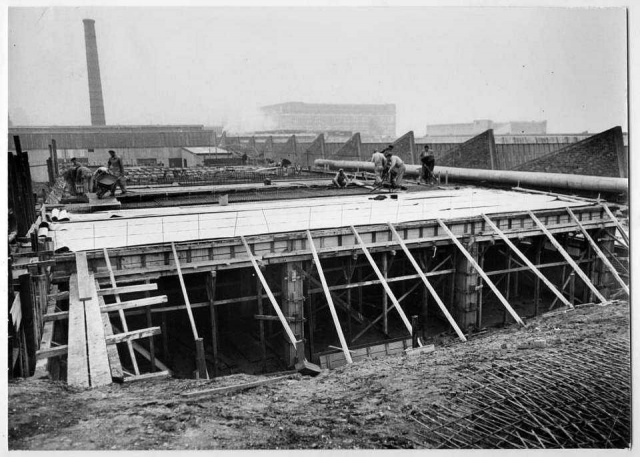
Within 10 years, the factory set about making expansions, increasing its area by over 50%, adding two extra stories to the warehouse block.
During World War 2 the plant ran almost non-stop, working on government and military contracts 7 days a week.
1955 saw the factory increase in size by another 50%, now covering an area of 10 acres.
The 1960s saw a booming trade for the factory, with it employing over 2,100 people by the end of the decade. During this time a merger saw the formation of Coats Patons, a company with mills and factories in 17 countries and distribution in 30.
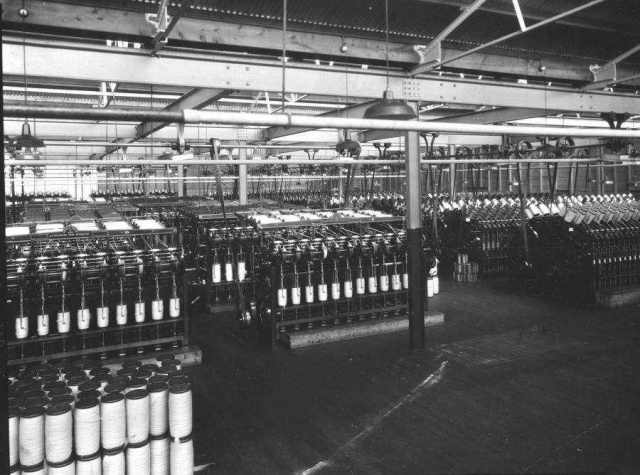
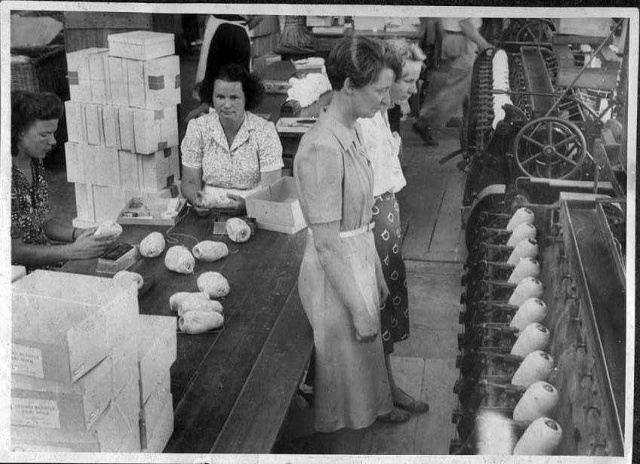
However, during the 1970s, production slowed as demand for fine wools decreased worldwide, impacted by the introduction of cheap synthetic alternatives.
Staff numbers were reduced, and by the start of the 1980s, less than 600 people were employed. In 1997, Coats Patons closed the doors of its Launceston factory. What was once the thriving industrial heartbeat of Launceston was now an empty building.
In a bold move of faith, Launceston Church of Christ bought the building, beginning renovations to transform the empty factory into a new church home and thriving community centre.

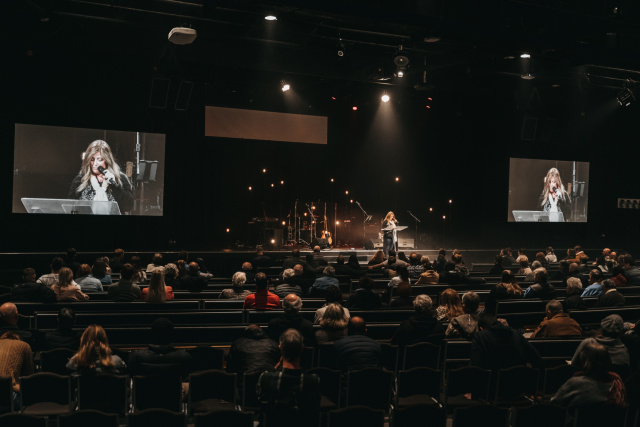
In 2003, Door of Hope officially opened its doors, celebrating its first church service in the new building on November 29.
Clear vision, creative solutions, a ‘can do’ attitude and faith in God, has allowed the old Coats Patons Building to transition from a derelict building to what is now a place of vibrant life and hope, where we can connect people to the real source of truth.
Since our move, our community has seen great trial, great opportunity and great growth. More people are meeting Jesus, more faithful hearts are serving His church, and we’re seeing more opportunities to connect with and serve our local community.
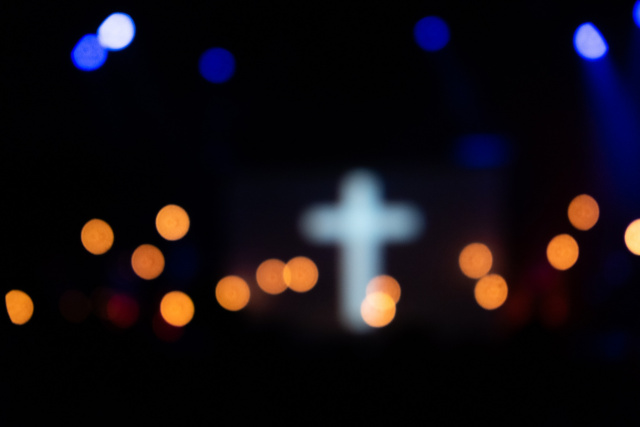
We move forward with the dream that an old woollen mill that once used to be the lifeblood of our city is again coming to life as a new Door of Hope. It will continue, in a different way, to be a vital source of life to our city and beyond.